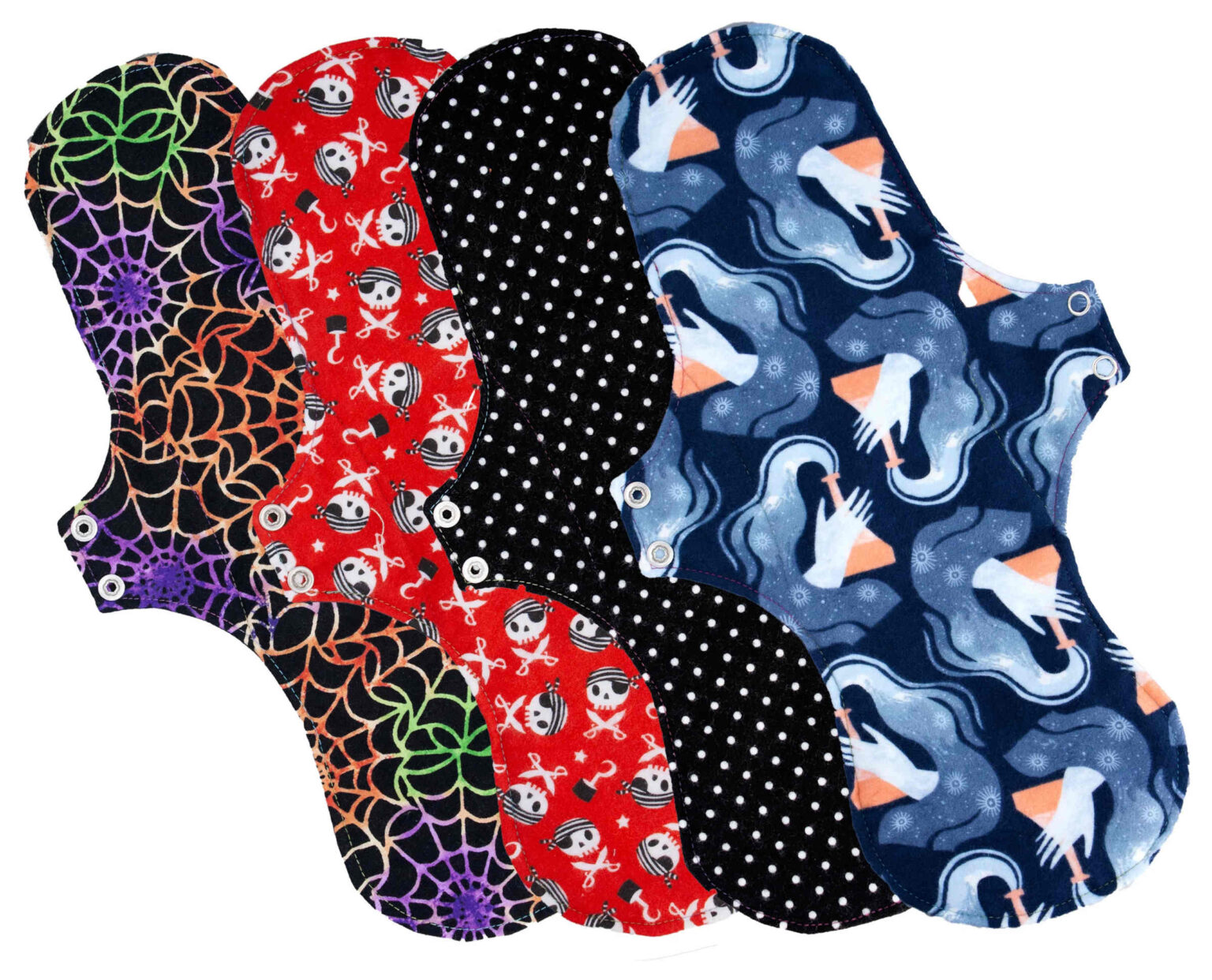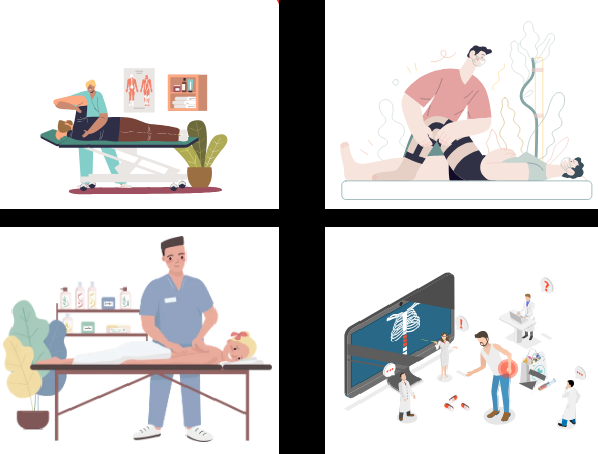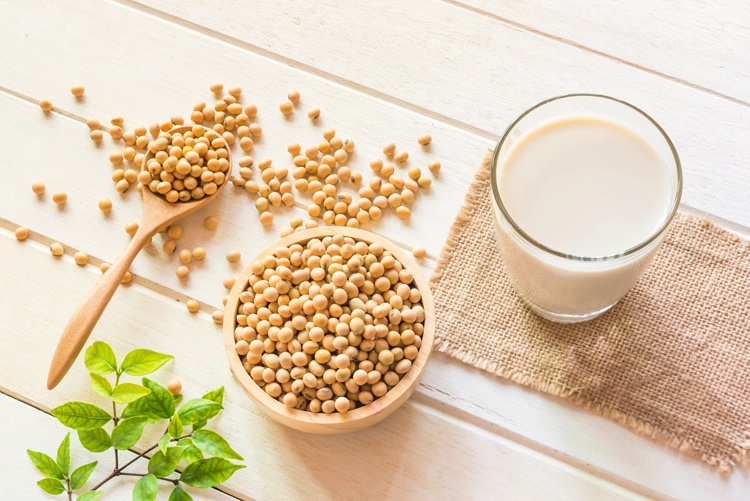
The Benefits of Using Reusable Period Pads
For anyone who menstruates, period care can be a huge expense. In addition to the cost of pads or tampons, there’s also the price of pain relievers, heating pads, and other products that can help make your period more bearable. Wouldn’t it be nice if there was a way to reduce the amount of money you spend on period care each month? Well, there is—and it’s called using reusable period pads!
These pads are an eco-friendly and cost-effective alternative to disposable pads or tampons. They can be made from a variety of materials, but most are made from cotton or another absorbent fabric. Most cotton reusable period pads also have a water-resistant layer to prevent leaks. To use them, simply wash them after each use and store them in a dry place until your next period.

There are many benefits to using these pads, including the following:
- They’re better for the environment. Disposable pads and tampons end up in landfills, where they take years to decompose. They can be used over and over again, which reduces waste and is better for the planet.
- They’re more comfortable. Reusable period pads are often made from softer materials than disposable pads, which makes them more comfortable to wear. They also don’t contain any harsh chemicals or fragrances that could irritate your skin.
- They save you money. Depending on how often you menstruate and how much you spend on period care products each month, switching to these pads could save you a significant amount of money over time.
Here are some tips for making the switch:
If you’re considering making the switch to these pads, there are a few things you should know first.
- Start with a small stash: You don’t need to buy a dozen cotton period pads like these to get started—in fact, it’s probably not necessary (or realistic) to do so. Start with two or three and see how they work for you before investing in a larger stash.
- Choose the right size: Pad sizes vary just like disposable pad sizes do (light-, moderate-, heavy-flow days, etc.), so make sure you choose ones that will work for your needs. It’s also important to consider the size of your underwear when selecting these pads to ensure a good fit.
- Pick the right material: Most reusable pads are made from cotton or another absorbent fabric, but some also contain a water-resistant layer (usually polyurethane laminate or PUL). If you’re worried about leaks, look for pads that have this additional layer.
- Wash them properly: After each use, wash your cotton reusable pads in cold water with mild detergent. Avoid using fabric softeners or bleach, as these can damage the materials used to make the pads. When they’re not in use, store your clean pads in a dry place (a drawer or closet works well).
How reusable cotton pads can help girls avoid future health complications
In countries where menstrual hygiene is not always easily accessible, girls and women often have to use whatever materials are available to them when they are menstruating. This can include using rags, leaves, or even ashes. However, these materials can often lead to infection and other health complications.
- Reusable pads offer a more hygienic alternative. They can be washed and reused multiple times, which helps to reduce the risk of infection.
- Reusable pads are often more comfortable than other materials, and they can help to prevent leaks.
- As a result, they offer a safe and practical solution for girls and women who do not have easy access to menstrual hygiene products.
- In addition to preventing health complications, reusable pads can also help to reduce the financial burden on girls and their families.
By using reusable period pads instead of disposable ones, girls and their families can save money over time, which can be used for other essentials.
Conclusion:
Making the switch to these is an eco-friendly and cost-effective way to manage your monthly flow—and there are plenty of other benefits, too! If you’re interested in giving them a try, keep these tips in mind to ensure a smooth transition.








